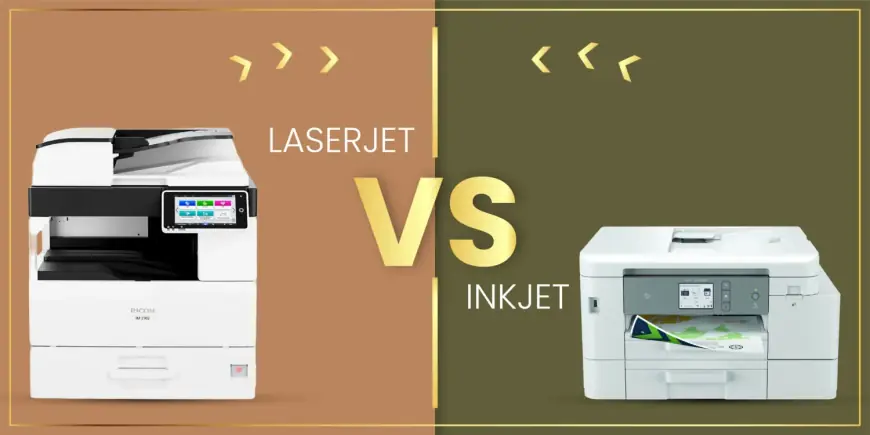The Pros and Cons of Renting vs. Buying a Printer
Understanding the advantages and disadvantages of each option can help businesses make an informed choice.

Printers are essential for businesses of all sizes, but the decision to rent or buy one can significantly impact long-term costs and operational efficiency. Understanding the advantages and disadvantages of each option can help businesses make an informed choice.
Buying a Printer: Pros and Cons
Pros
-
Long-Term Savings — While the initial cost may be high, purchasing a printer eliminates monthly rental fees, making it more cost-effective in the long run.
-
Ownership — When you buy a printer, it becomes a company asset, allowing you to depreciate it over time for tax benefits.
-
Full Customization — Businesses can choose a printer that fits their specific needs without limitations imposed by rental agreements.
-
No Contractual Obligations — Purchasing eliminates long-term commitments, giving businesses complete control over maintenance and upgrades.
-
Integration with Existing Systems — Owning a printer allows seamless integration with other office devices, such as the Lenovo V15 G4 AMD Ryzen 5 (82YU00JYUK) Laptop for enhanced productivity.
Cons
-
High Upfront Cost — Businesses need to allocate a significant budget for high-quality printers.
-
Maintenance Responsibility — Repairs, software updates, and hardware issues fall on the company, which can increase operational costs.
-
Technology Becomes Outdated — Rapid advancements in printing technology may require additional investments in newer models, such as upgrading to ZD22042-D0EG00EZ for better efficiency.
Renting a Printer: Pros and Cons
Pros
-
Lower Initial Cost — Renting requires minimal upfront investment, making it an attractive option for startups and small businesses.
-
Access to Latest Technology — Rental services often provide access to modern, high-performance printers without the need for frequent purchases.
-
Maintenance and Support Included — Most rental agreements cover repairs, maintenance, and software updates, reducing downtime and operational hassles.
-
Flexible Plans — Businesses can upgrade or switch to newer models as needed, such as moving from a standard printer to a high-capacity DS923+ model.
-
Predictable Costs — Monthly rental fees provide cost predictability, which helps with budgeting and cash flow management.
Cons
-
Higher Long-Term Costs — Continuous monthly payments can exceed the cost of purchasing a printer over time.
-
Limited Customization — Renting may restrict hardware modifications or compatibility with certain business software.
-
Contractual Obligations — Some agreements lock businesses into long-term commitments, limiting flexibility.
Which Option is Best for Your Business?
The decision between renting and buying depends on factors such as budget, printing volume, and business growth plans. Companies requiring high-performance devices, such as those with the AMD Ryzen 5 7600X processor 4.7, may benefit from owning a printer, while those with fluctuating needs may find renting a more viable solution.
For businesses needing top-tier printing solutions, evaluating models like 7h4v6 can help ensure the best return on investment, whether rented or purchased. Analyzing the total cost of ownership (TCO) and operational requirements is key to making an informed decision.
By carefully weighing the pros and cons, businesses can choose a solution that optimizes efficiency, reduces costs, and aligns with their growth strategy.












